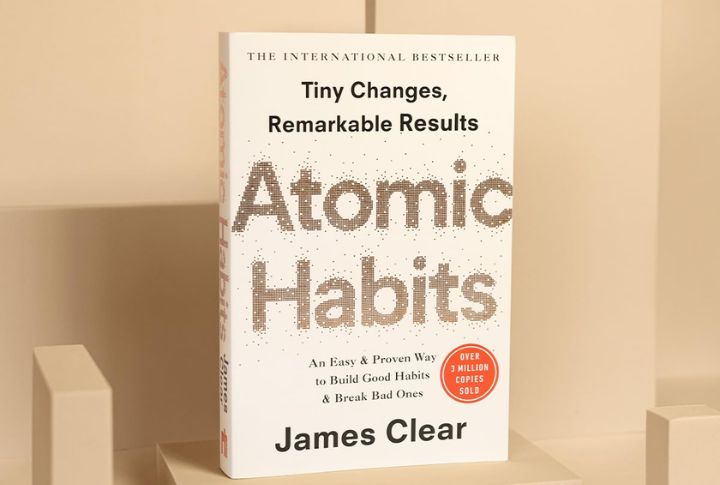
Sometimes a book hits you with a moment that makes you stop and think, “Wait… I never saw it like that.” That’s what this list is for. These books simply tap you on the shoulder. If you’re open to perspective shifts and thought-provoking moments, take a look. You’ll be glad you did.
“Sapiens” By Yuval Noah Harari

What if history was shaped more by stories than facts? Harari thinks we got here by believing in shared myths—religion and nations. That shift began with the Cognitive Revolution, deepened with agriculture, and still affects our happiness. His storytelling reshapes how we understand human progress.
“The Diary Of A Young Girl” By Anne Frank

Hidden in Amsterdam during Nazi rule, Anne Frank filled her diary with daily thoughts and hopes. Her father later published it after surviving the Holocaust. The diary’s quiet honesty became its legacy, earning global recognition. In 2009, UNESCO placed it on the Memory of the World Register.
“The Power Of Now” By Eckhart Tolle
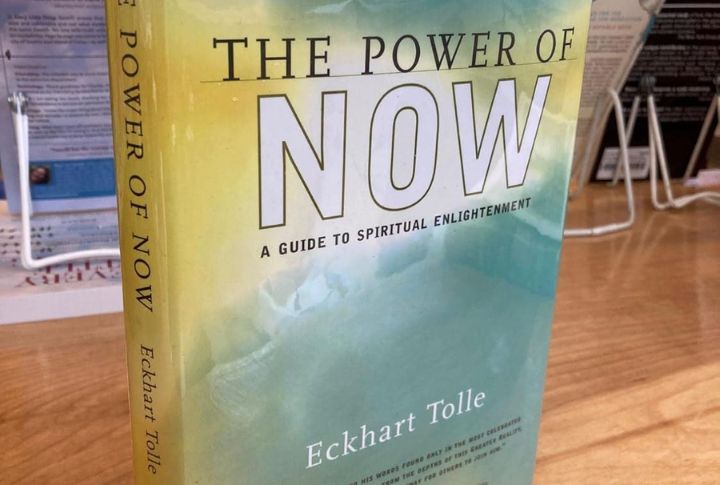
Tolle experienced a mental health crisis that led him to separate his awareness from his thoughts. This realization sparked his concept of the “pain-body”—an emotional energy formed by past hurt. His ideas, merging spirituality and psychology, have since influenced mindfulness practices in education and workplace wellness.
“The Immortal Life Of Henrietta Lacks” By Rebecca Skloot
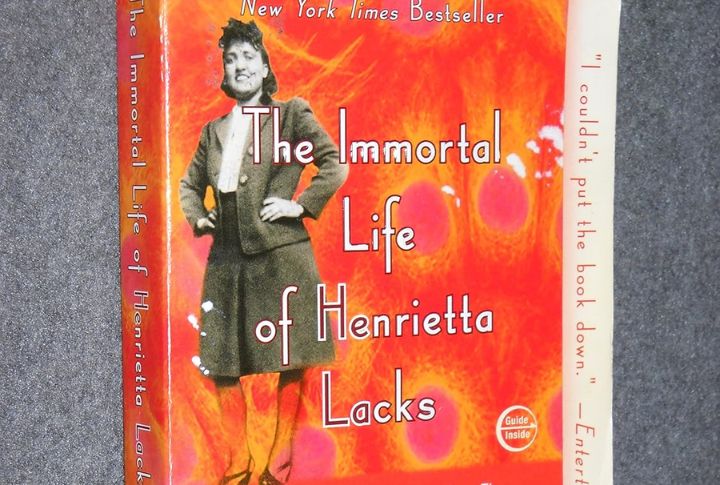
Henrietta Lacks was a Black woman whose cells were taken without her consent in 1951. Known as HeLa, they helped develop vaccines and more. Rebecca Skloot’s book revealed her family’s exclusion, which sparked public debate and new rules on consent and ethics in medical research.
“Thinking, Fast And Slow” By Daniel Kahneman
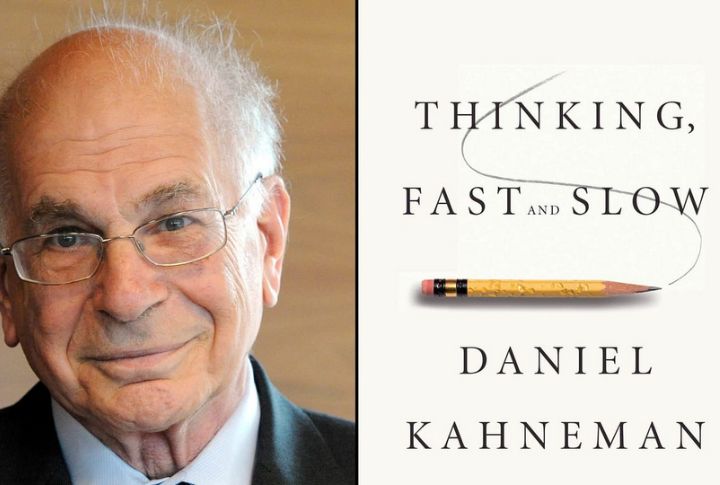
This book explains how Daniel Kahneman’s groundbreaking work in behavioral economics earned him a Nobel Prize. He introduced System 1 and System 2—two ways our brains handle decisions. With examples like anchoring bias, he reshaped how economics and user experience design account for human irrationality.
“The Catcher In The Rye” By J.D. Salinger
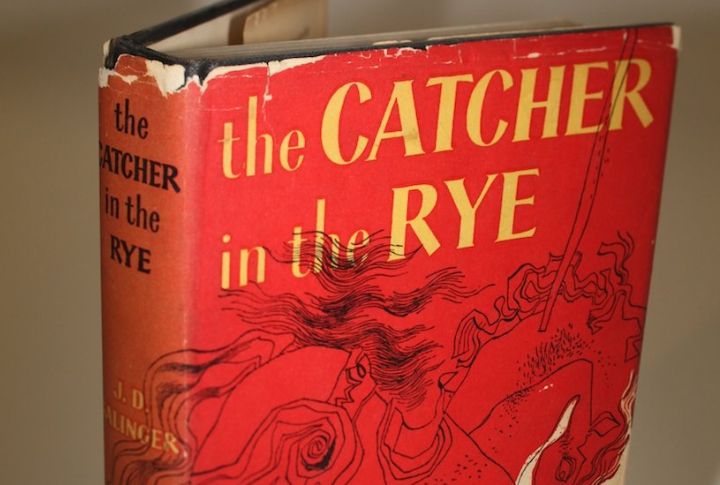
Holden Caulfield’s red hunting hat represents his need to stand apart and feel safe. The novel’s raw language stirred school bans, yet its real power lies in Salinger’s use of stream-of-consciousness. Holden’s love for museums reveals his deep discomfort with life’s messiness and inevitable change.
“Man’s Search For Meaning” By Viktor E. Frankl
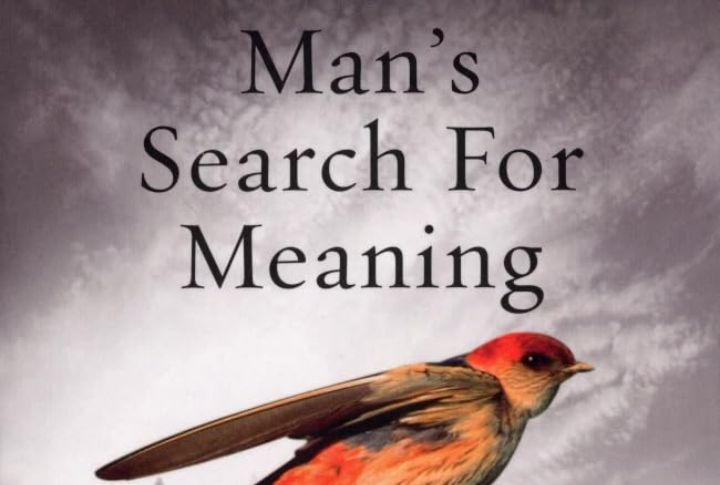
After surviving the Holocaust, Frankl wrote his book in just nine days. His time in concentration camps inspired logotherapy, a method focused on finding meaning through suffering. Rather than chasing happiness, his approach highlights purpose as key to resilience. Today, his work informs trauma recovery and existential therapy.
“Atomic Habits” By James Clear
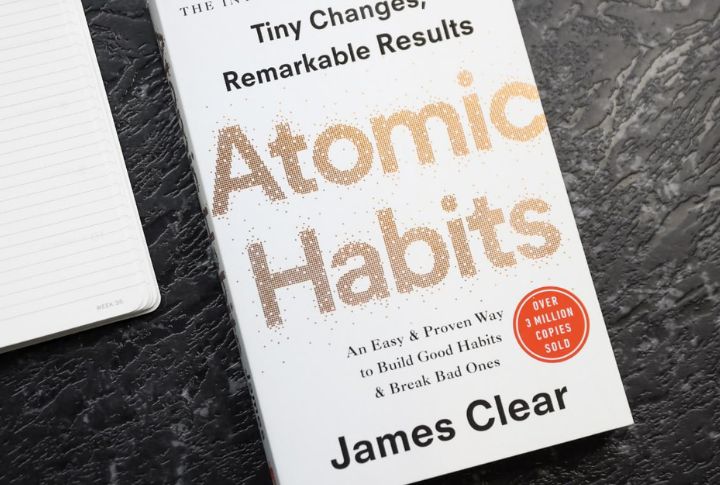
James Clear made habits easier to understand—and easier to build. He introduced the 2-minute rule to make big changes feel small and doable. His “habit stacking” idea links new routines to old ones. By focusing on identity, Clear shifted attention from chasing goals to becoming consistent.
“The Road” By Cormac McCarthy
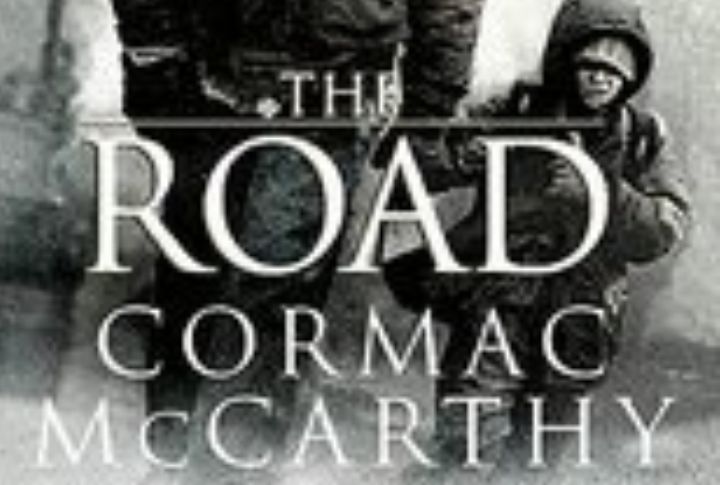
In a scorched and silent world, a father and son keep walking. They “carry the fire,” a phrase that quietly suggests moral hope. McCarthy avoids names and punctuation, which adds to the bleak feel. The novel, inspired by his son, turns survival into a meditation on love and loss.
“Ace” By Angela Chen
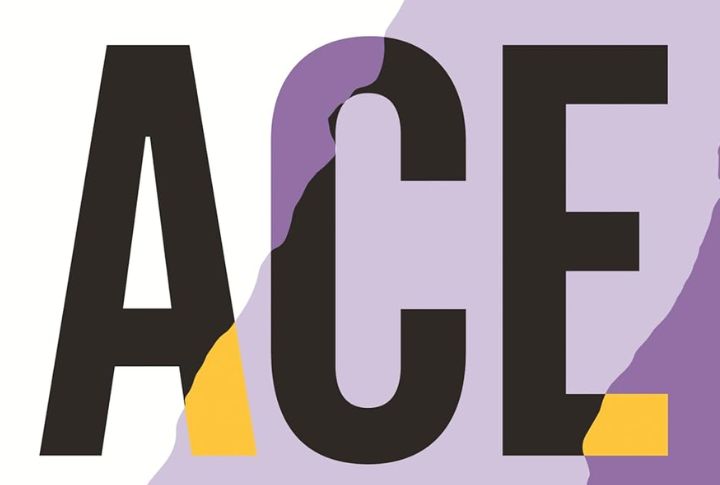
By linking asexuality to issues like race and disability, Angela Chen challenges narrow ideas about desire. Her book weaves cross-cultural interviews into a broader conversation on identity and marginalization. In doing so, she shifts the focus from orientation alone to how desire shapes everyday inclusion and recognition.
“Meditations” By Marcus Aurelius
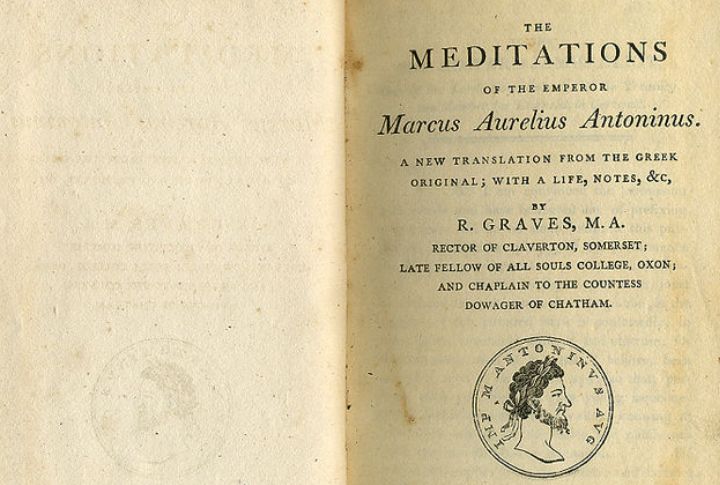
Today, Marcus Aurelius’s words still offer steadiness to those facing chaos. During military campaigns, he privately wrote about staying calm and virtuous. His Stoic philosophy teaches that while we can’t control life’s events, we can control how we respond. That message still resonates across modern life.
“Down Girl” By Kate Manne
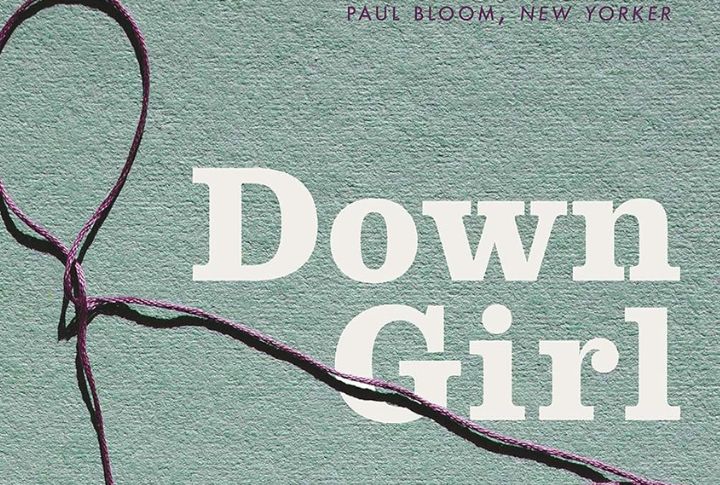
Manne doesn’t define misogyny as hatred. Instead, she sees it as policing gender roles—backing up patriarchy, not just attacking women. Her idea of “himpathy”—public sympathy for powerful men—cuts deep. Analyzing real-world examples, she gives readers a framework that now informs gender studies and political commentary.
“The Souls Of Black Folk” By W.E.B. Du Bois
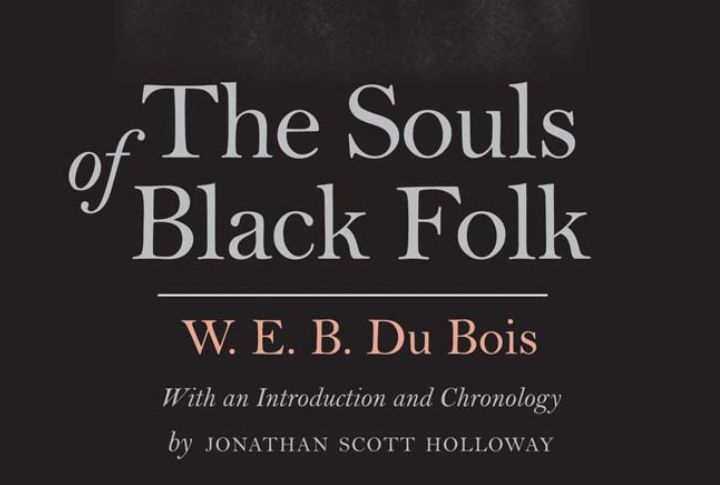
As the first Black Harvard PhD, Du Bois brought a powerful voice to Black intellectual life. He mixed memoir and music to reveal the full scope of the Black American experience. His idea of “double consciousness” described the tension of living with two identities in one society.
“Brave New World” By Aldous Huxley
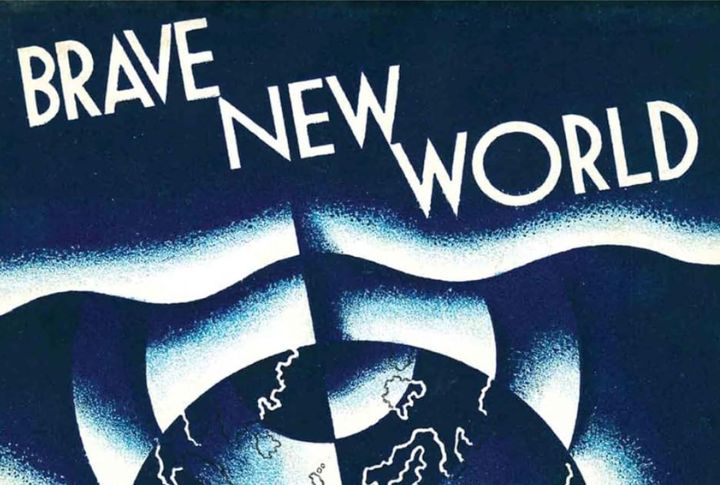
In Aldous Huxley’s imagined future, control is maintained through engineered comfort and distraction. Citizens are trained from birth to accept their place, and Soma keeps their emotions numbed. Through this setup, the novel critiques how consumer culture and engineered happiness can quietly erase the need to question anything.
“Just Mercy” By Bryan Stevenson
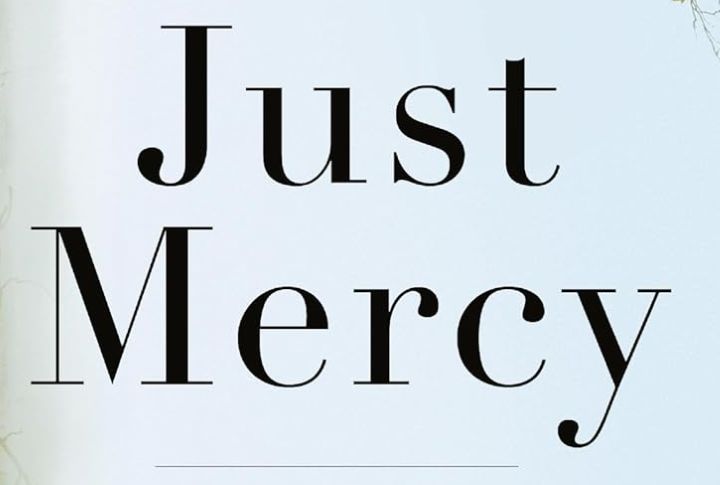
Bryan Stevenson’s legal memoir centers on Walter McMillian, a wrongfully convicted man freed from death row. The book uncovers systemic bias and misconduct. Combining sharp legal insight with human stories, Stevenson’s work fueled changes in juvenile sentencing and grew into the Equal Justice Initiative’s national movement for fairness.
“Pedagogy Of The Oppressed” By Paulo Freire
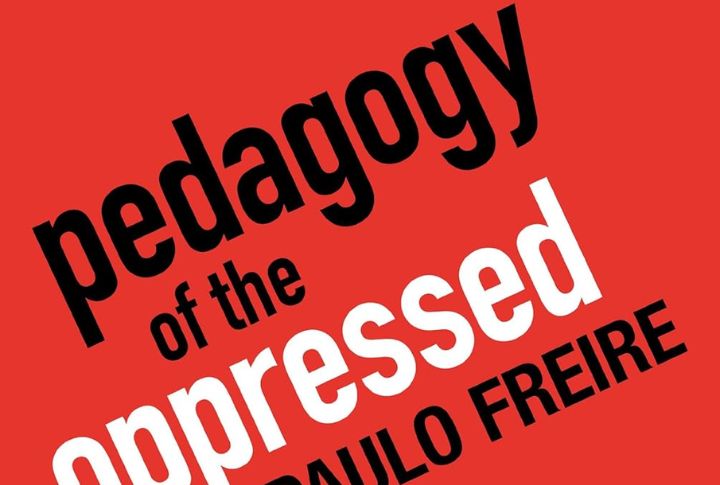
Freire’s work inspired justice-based teaching in communities often left behind. Written during his exile, his book pushed back against the “banking model,” where students passively receive knowledge. He argued for mutual dialogue between teachers and learners, a concept that helped reshape literacy programs and education reform worldwide.
“The Republic” By Plato
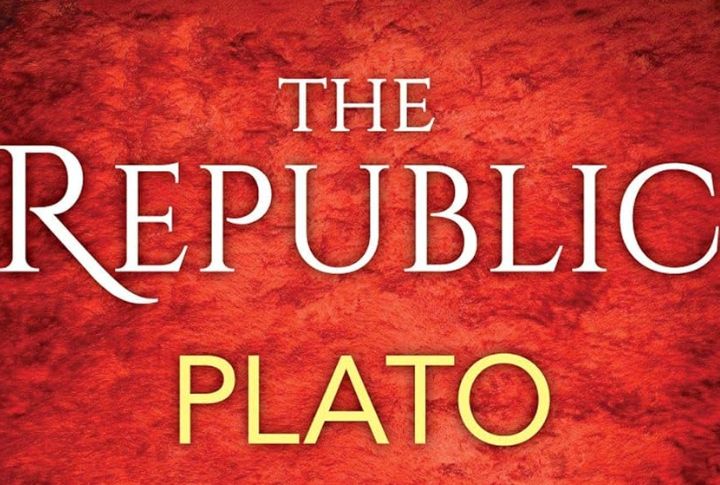
Psychology and ethics still draw from Plato’s idea of a tripartite soul, where reason, spirit, and appetite compete within us. In “The Republic,” he used dialogue to explore justice and leadership. His cave metaphor and philosopher-kings still challenge how we think about knowledge and power.
“To Kill A Mockingbird” By Harper Lee
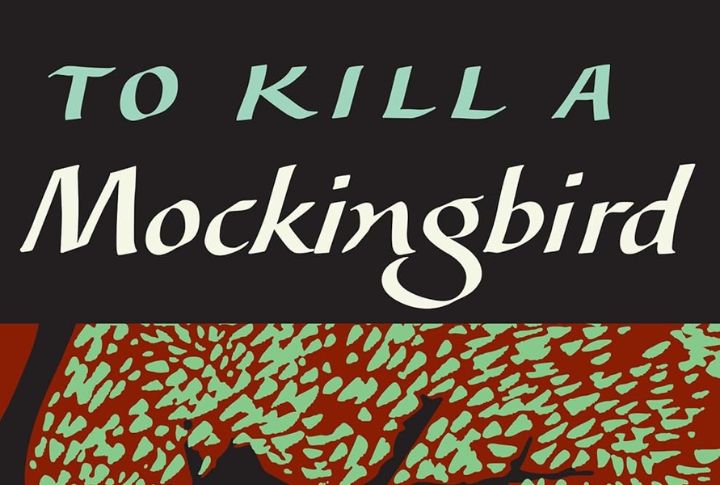
Seen through young Scout’s eyes, Harper Lee’s novel tackles racism and moral courage in the 1930s South. Atticus Finch, modeled after Lee’s father, defends Tom Robinson, a Black man wrongly accused, which recalls the Scottsboro Boys trials. Boo Radley’s story shows how fear frequently clouds judgment about misunderstood people.
“The Alchemist” By Paulo Coelho
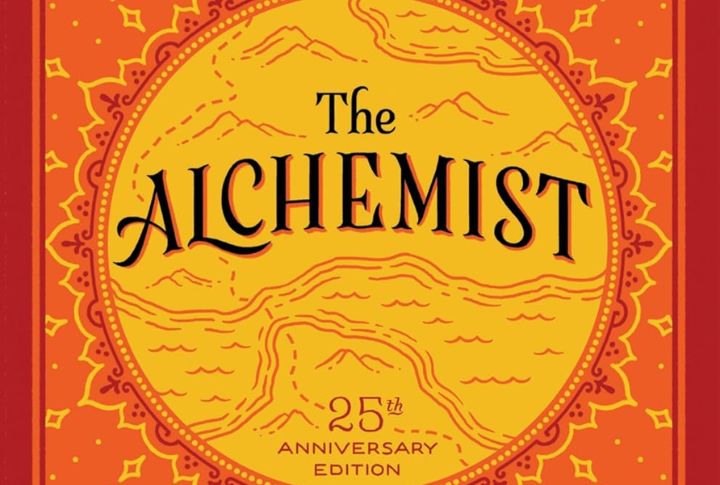
Coelho said the book was already in his soul, and he completed it in just two weeks. The novel follows a young shepherd on a symbolic desert journey full of omens, dreams, and deep self-discovery. Backed by high-profile fans like Will Smith and Madonna, the book quickly became a global literary phenomenon.
“The Left Hand Of Darkness” By Ursula K. Le Guin
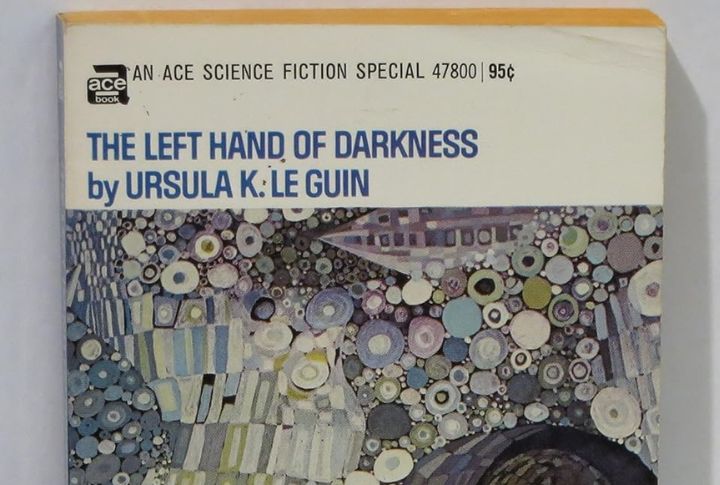
Le Guin imagined a world without fixed gender, where people shifted identity based on cycles. That world—Gethen—was shaped using anthropological insight, drawn from her father’s research. By linking gender structure to peace, she challenged Cold War ideals and brought new ideas of identity into science fiction literature.

